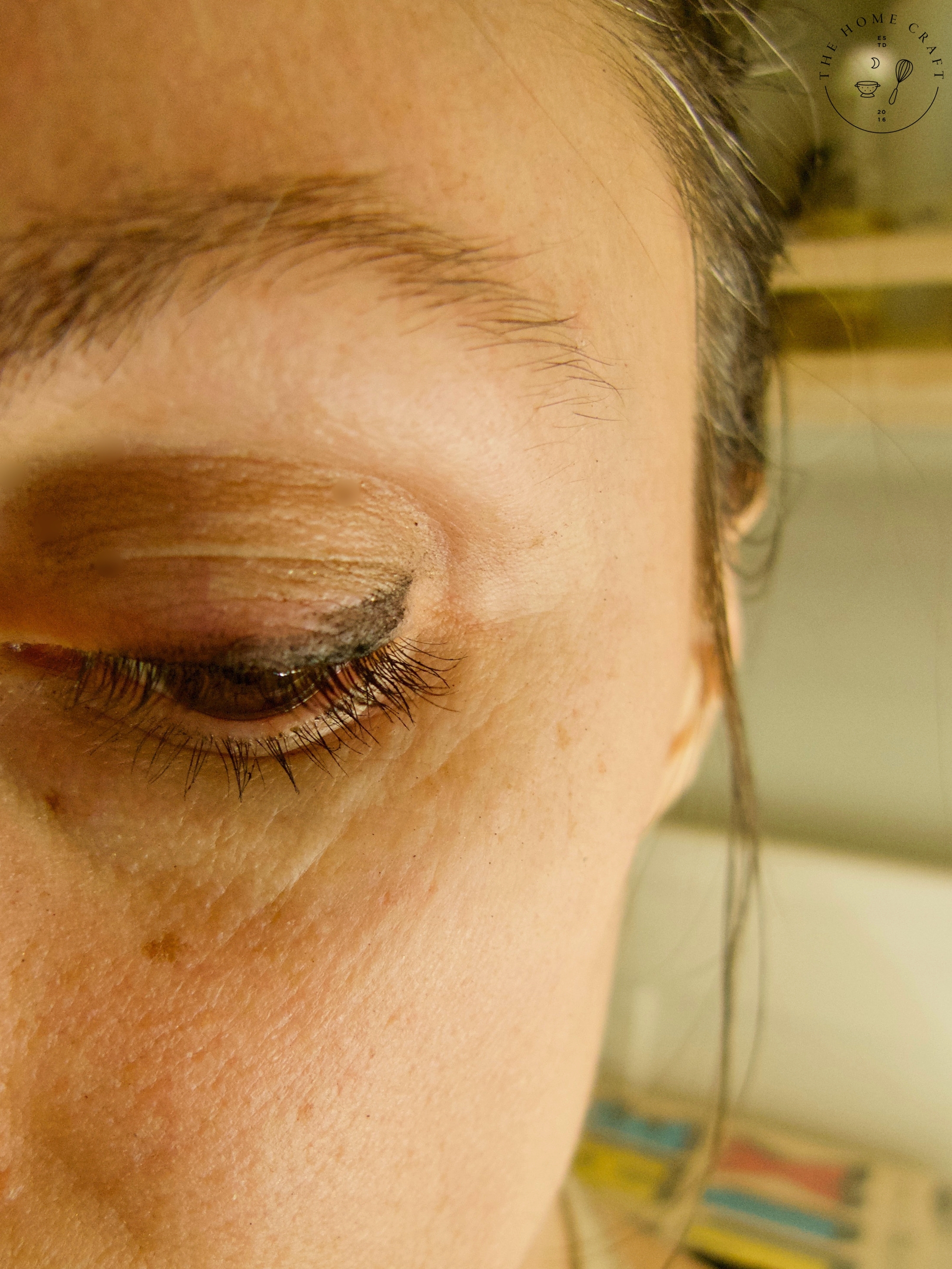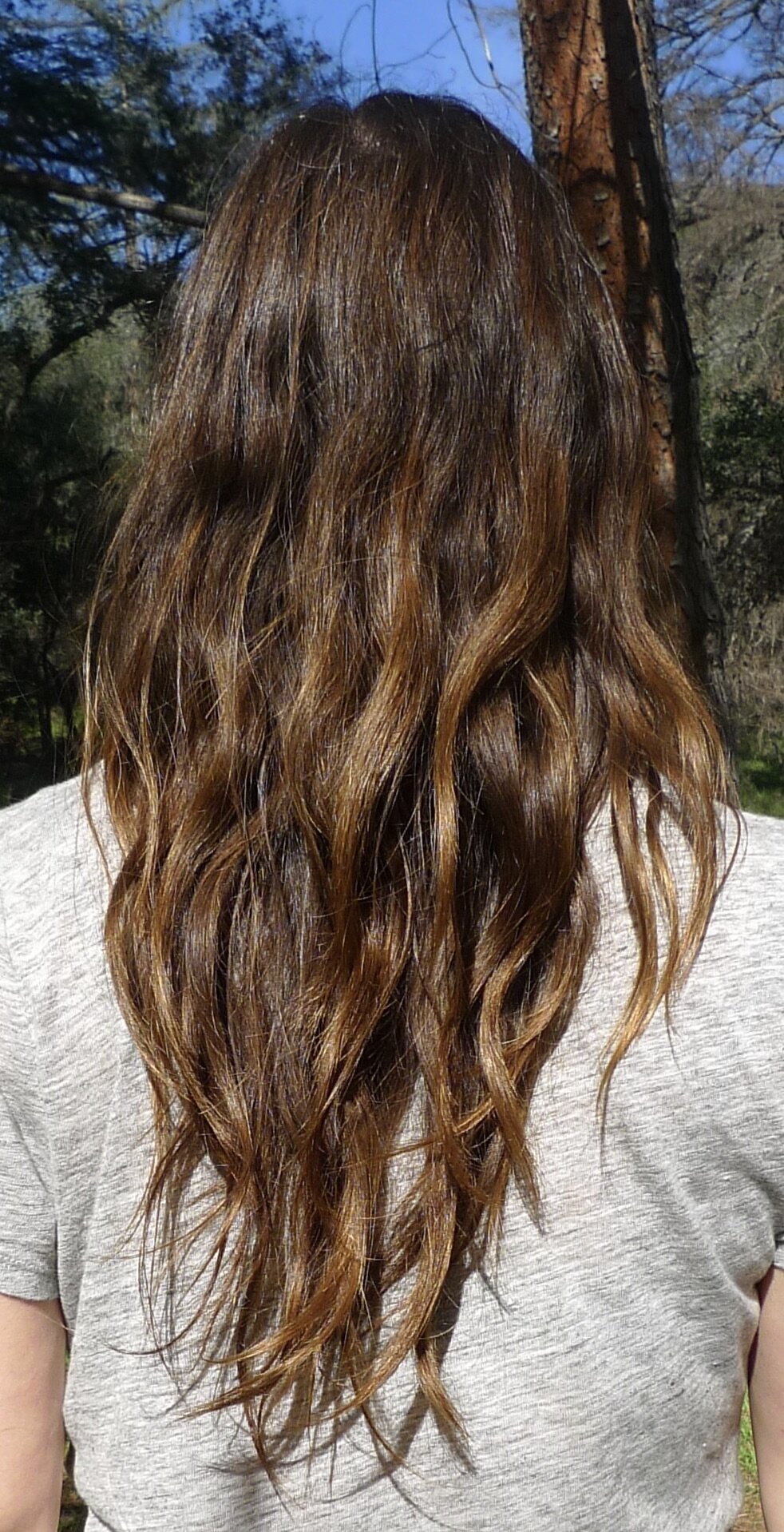I am a big fan of tooth powder, it is easy to make and store indefinitely, I love how clean my teeth feel after I use it. My kids, however, do not love tooth powder. “It’s too scratchy!” or “Too Spicy!” We have been using Earthpaste for years and as much as I love that toothpaste, I get that nagging feeling I get whenever I buy a store bought cosmetic: I KNOW I can make it myself and for way less money. I decided we were going to start making our own toothpaste and I let my kids take the lead in coming up with the recipe. I gave them the basic ingredients, while they chose the flavors they liked best.
How to Make Homemade Toothpaste with Bentonite Clay
The best part of our ingredient cabinet is we have almost everything we need on hand for new experiments. I brought out the following ingredients and let the kids play around:
Bentonite Clay – Formed from volcanic ash, this clay is rich in minerals and has shown incredible healing and antibacterial properties.
Calcium Carbonate – Typically made from shells (egg, or seashells). Calcium is important to formation of healthy teeth.
Essential Oils – When using essential oils internally, it is important to do your research. We use peppermint essential oil for our toothpaste, but if your child is under 6, I recommend reading up on dilution rates and what oils are safe for your child. There is lots of conflicting info on essential oils out there. Use your best judgement and contact your doctor if you have concerns. As an alternative to essential oils we often use spices (like cinnamon) or tea bags to flavor our toothpaste.
Stevia – A natural, herbal way to sweeten. A little bit goes a long way! Needless to say, this is the kid’s favorite ingredient.
Water – Filtered water, since our city has fluoride in tap water and fluoride is one of the things we are trying to avoid!
Making toothpaste is by far my kids favorite thing to make from scratch. My oldest ask me recently if making toothpaste could be one of his chores, um…yes please!
Does Homemade Toothpaste Cure Cavities?
I have seen lots of articles online about toothpaste healing cavities, but from my experience and research, cavities are a result of what we put in our bodies, not what we put on our teeth. Ramiel Nagel in his book Cure Tooth Decay does a great job going into the reasons cavities form and the focus on a nutrient dense diet as an actual cure for cavities. He summarizes the work of Weston A. Price and other dentists who have found that brushing alone cannot cure tooth decay.
“When dentist Percy Howe tried to inoculate bacteria into guinea pigs to cause tooth decay or gum disease, he could not. He could only cause cavities with a change in diet.”[1]
When it comes to my family’s experience with cavities we have had great success using a nutrient dense diet and brushing with homemade toothpaste. While dealing with some autoimmune conditions, I decided to start myself and my children on the Autoimmune Protocol, a nutrient dense elimination diet. This diet had such a huge impact on my family’s health, healing all of my son’s eczema symptoms and our digestive issues. Around the time we started this diet, we found out my son had a smooth surface cavity. It was such a disappointment, but since I knew we were eating the right foods I felt confident that it wasn’t necessary to treat right away. Three years later, we went back to the dentist and he couldn’t find the cavity!
Our teeth absorb minerals in our saliva. When we brush with a mineral rich toothpaste, we provide more minerals for our teeth to absorb, giving them an added boost, but still not a cure for a poor diet.

Homemade Toothpaste with Bentonite Clay
Ingredients
- 1 tbs Bentonite Clay
- 2 tbs Calcium Carbonate
- 6 tbs Water
- 10 drops Peppermint Essential Oil/tsp Peppermint Tea/Cinnamon or other spice
- 10 drops Liquid Stevia
Instructions
- In a small bowl combine the water, and calcium until combined. Slowly sprinkle clay into the water while stirring to break up clumps. Add essential oil (or spices) and stevia to taste. Transfer to a small glass jar for storage. Dip your toothbrush into the jar to cover the brush with the paste.
- The clay can become very clumpy and difficult to stir, just add water until it is smooth. Your toothpaste should be thick enough to easily stay on your brush. The clay will continue to thicken a bit for at least an hour after mixing with water. If it seems a little too wet, let it sit for a bit.
- Play around with your recipe and let me know how it goes!
[1] Nagel, Ramiel. Cure Tooth Decay: Heal And Prevent Cavities With Nutrition - Limit And Avoid Dental Surgery and Fluoride [Second Edition] 5 Stars. Rami Nagel. Kindle Edition.












